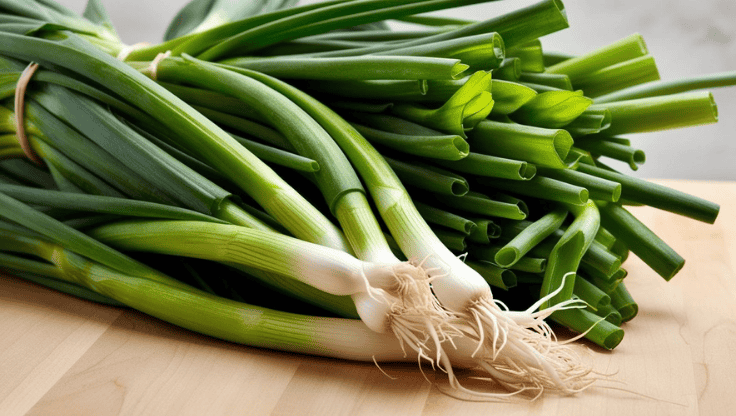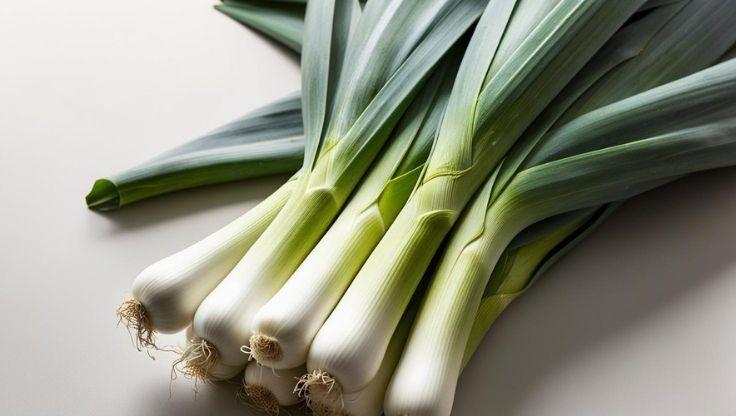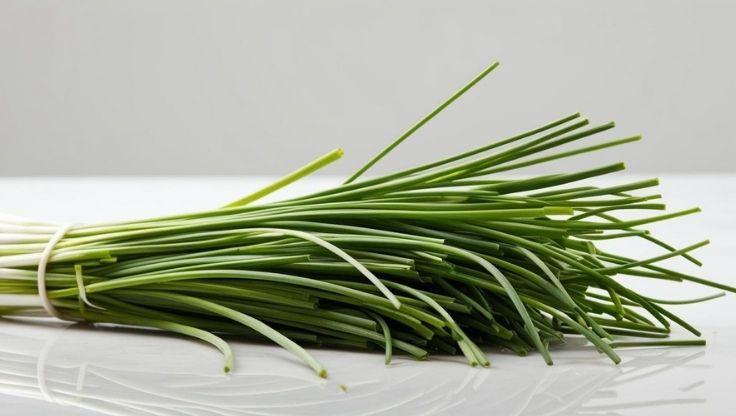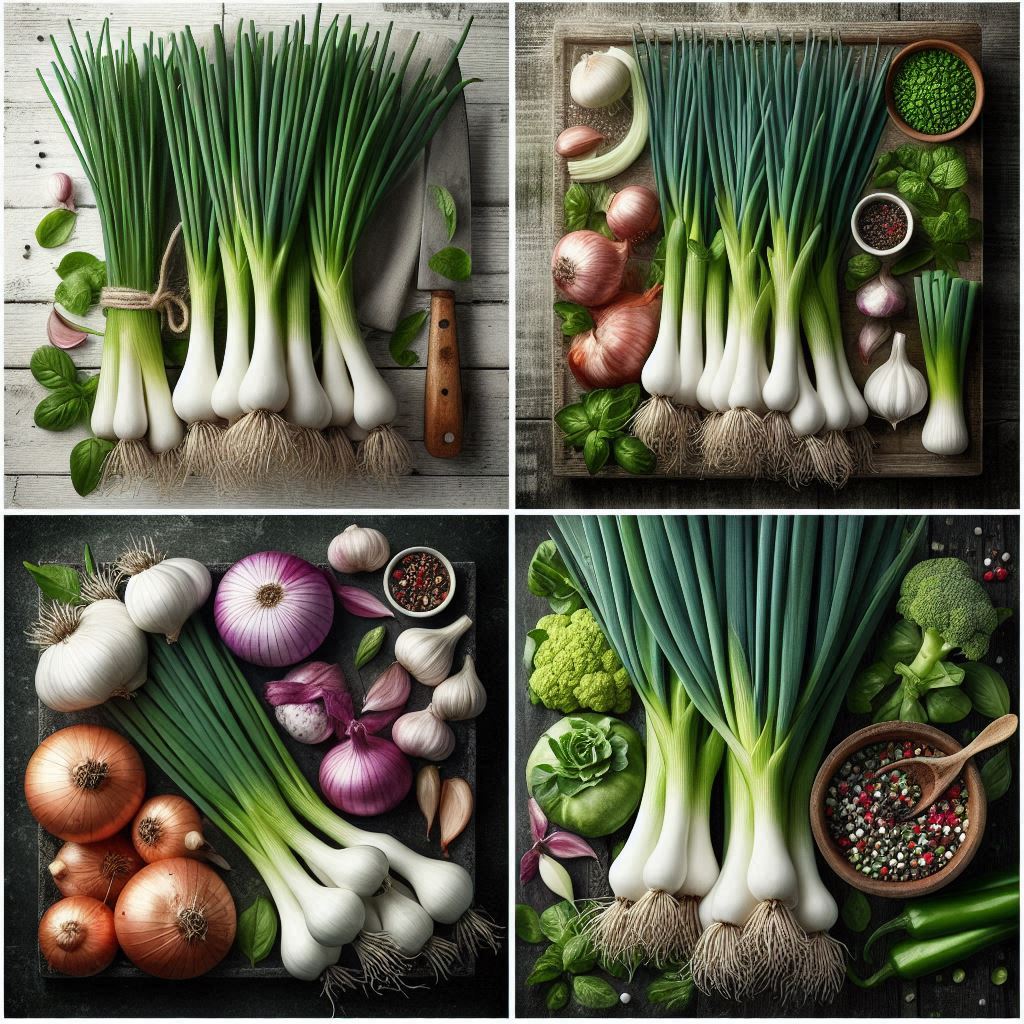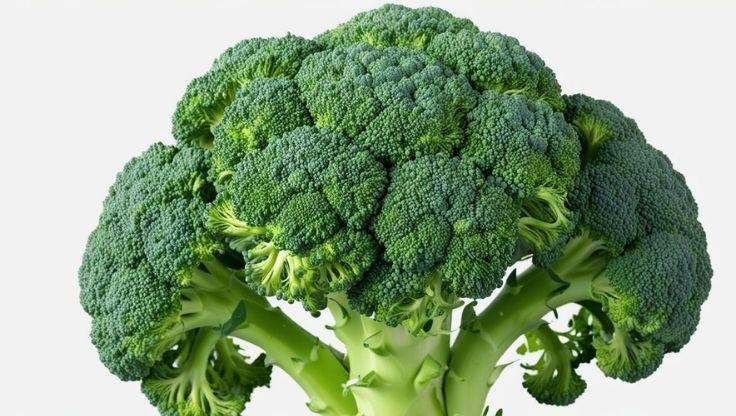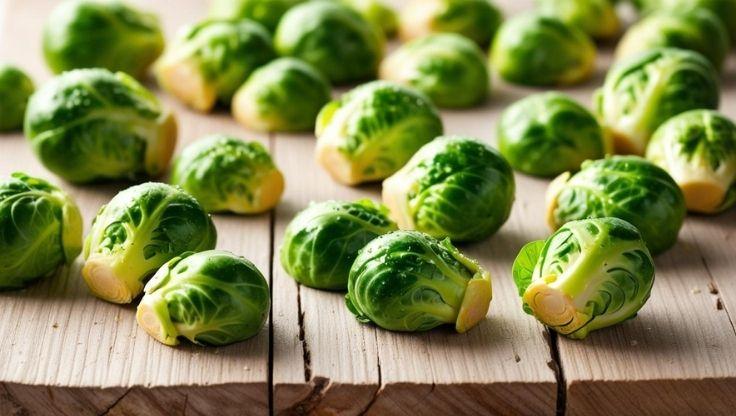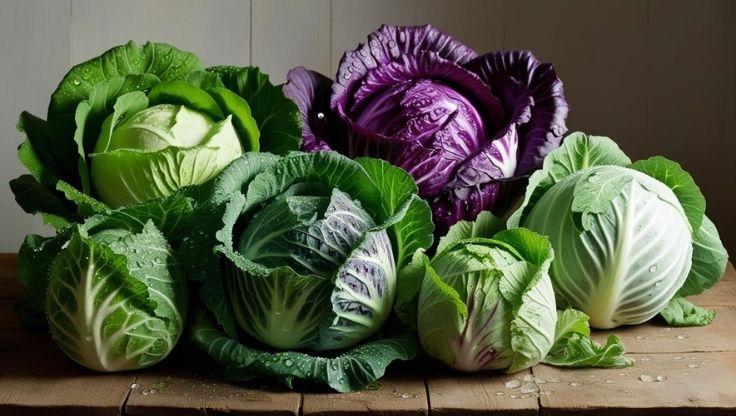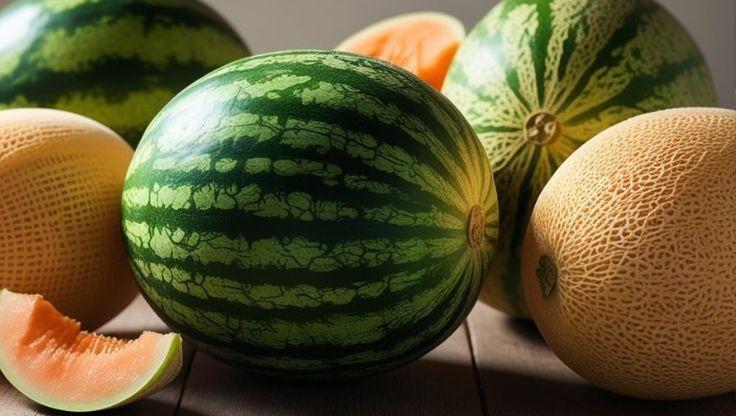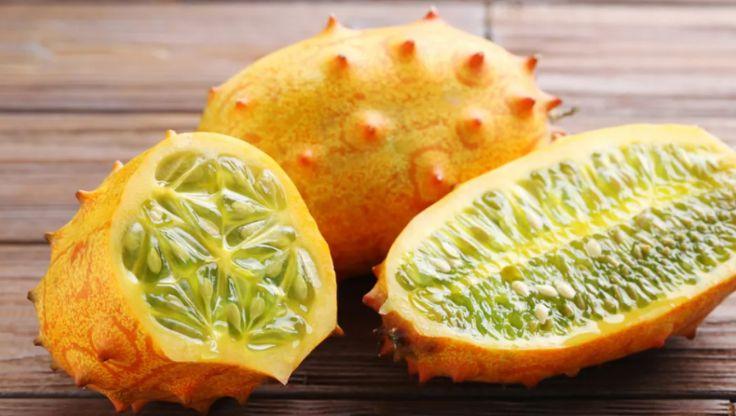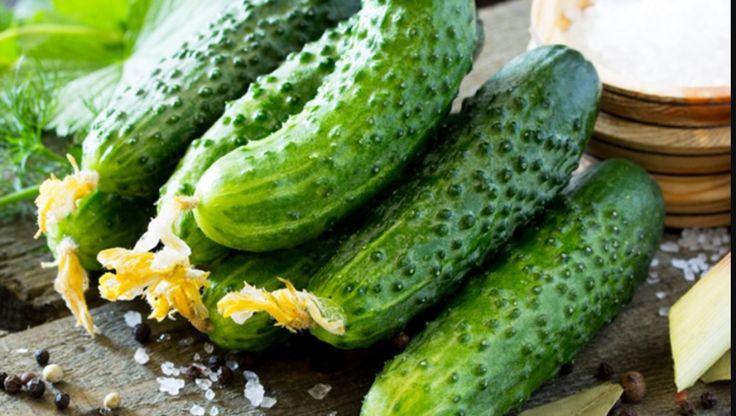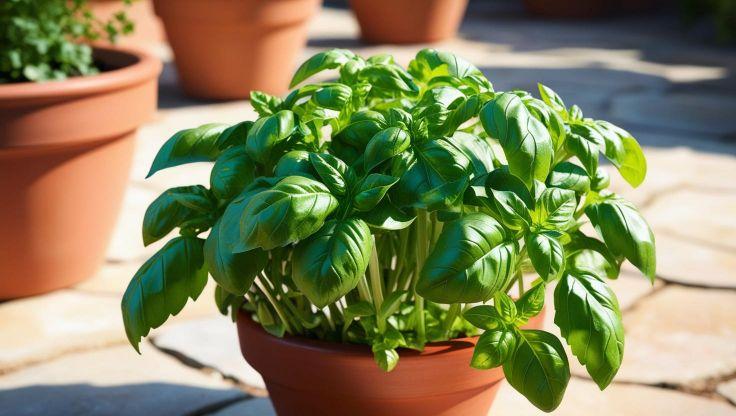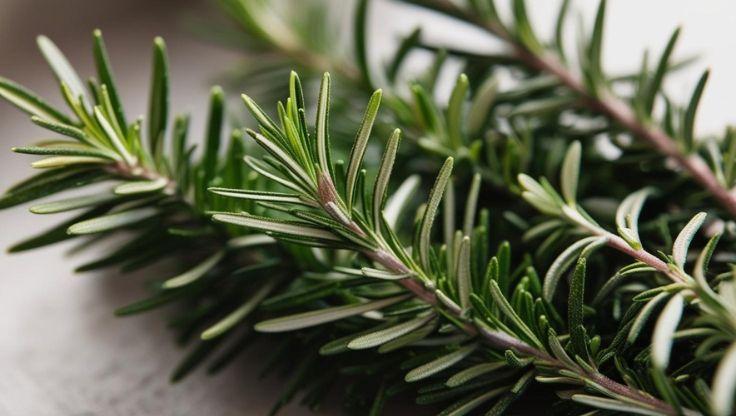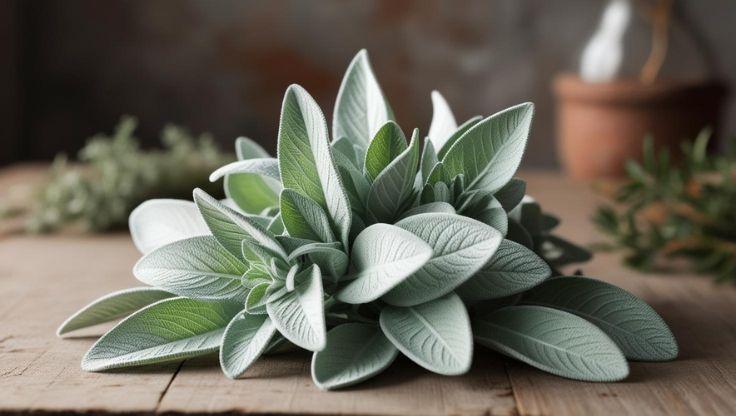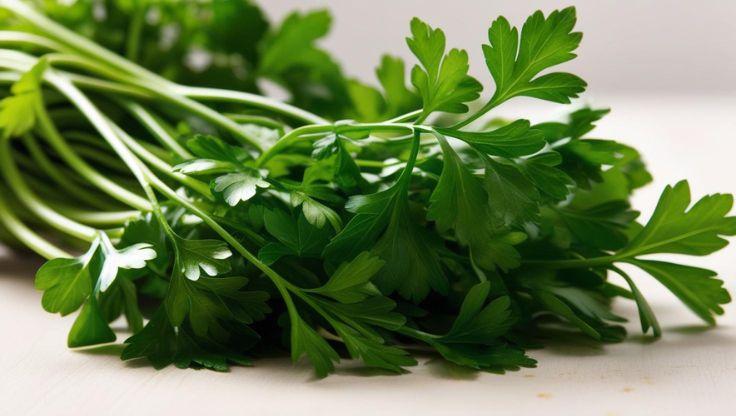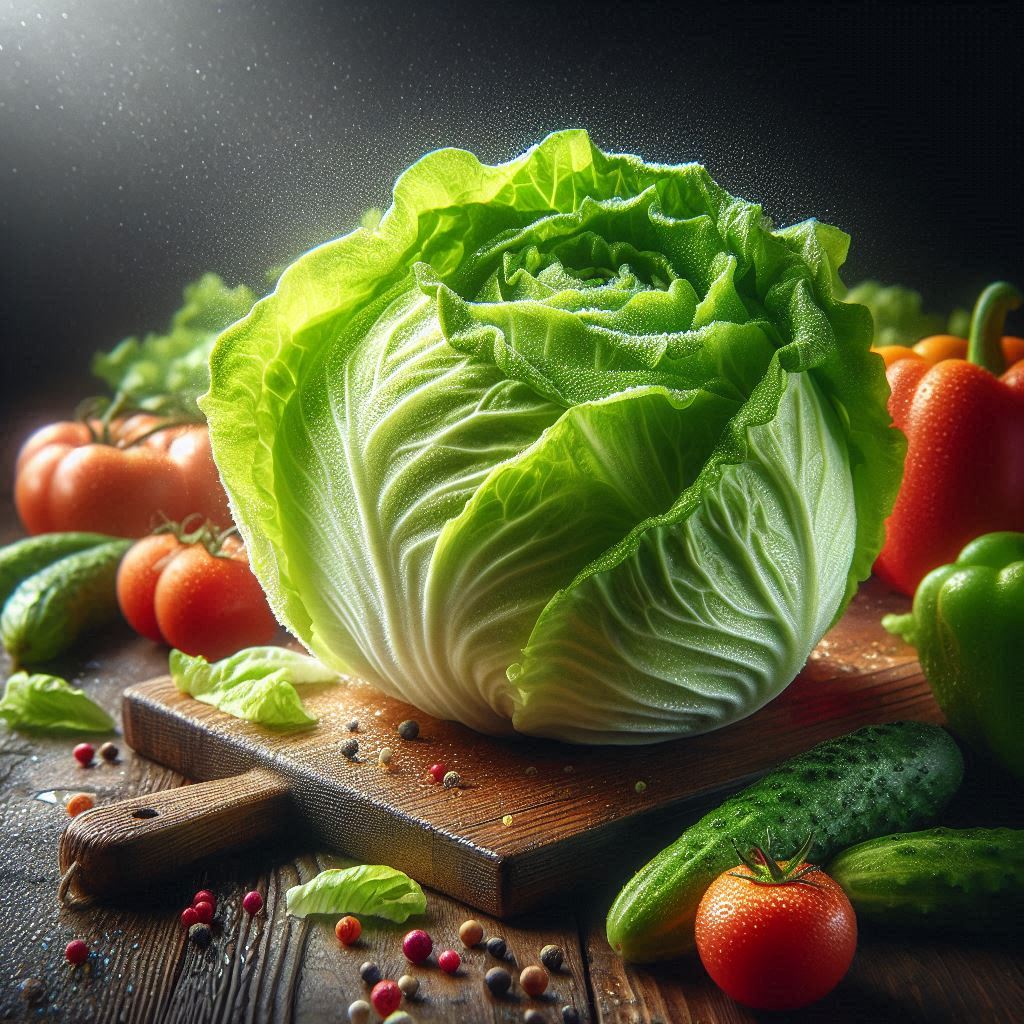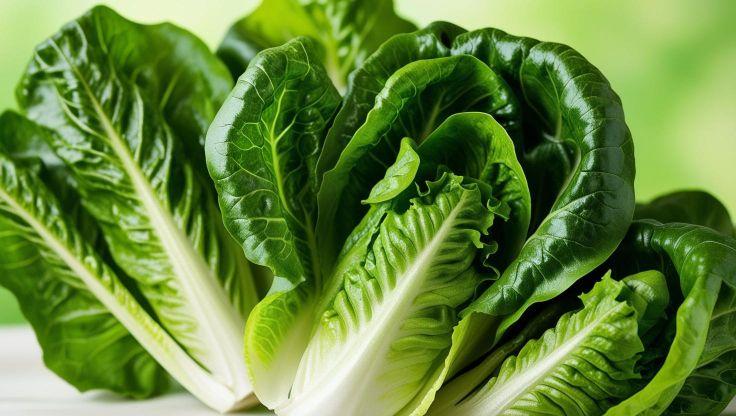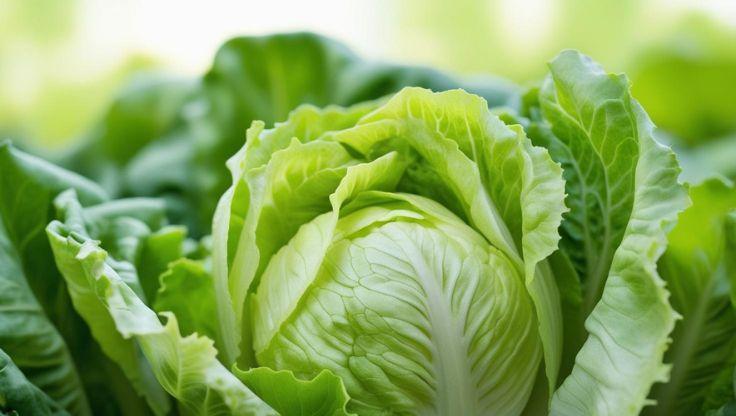Hydroponic Plants: Growing Nasturtiums for Maximum Blooms
Nasturtiums (Tropaeolum majus), known for their bright blooms and edible leaves, are versatile flowers ideal for hydroponic farming. Originally native to South America, nasturtiums thrive in hydroponic systems, benefiting from controlled nutrient delivery, space-efficient growth, and year-round cultivation. Unlike traditional soil-based farming, hydroponic plants eliminate soil-borne diseases and offer consistent, high-quality flowers and leaves used for decorative and culinary purposes.

Cultivating Vibrant Nasturtiums: A Guide to Hydroponic Success
Hydroponic plants present a cutting-edge method for cultivation. Nasturtiums (Tropaeolum majus) adapt exceptionally well to this soil-less environment. Growing these versatile, edible flora hydroponically enables meticulous control over their growth conditions. This is a key advantage confirmed by advanced horticultural practices. This precision yields faster growth and cleaner produce, making studying hydroponic plants rewarding.
The Foundation: Optimal pH and EC Levels for Hydroponic Nasturtiums
Achieving the correct chemical balance in your nutrient solution is paramount for thriving nasturtiums. Firstly, the pH Range must be diligently maintained between 5.5 – 6.5. This slightly acidic range is crucial. Research from institutions like the University of Arizona confirms this range. It directly influences nutrient availability for these hydroponic plants.
Furthermore, EC Levels (Electrical Conductivity) measure nutrient strength for your hydroponic plants. Mature nasturtiums need 1.5 – 2.0 mS/cm. Young seedlings thrive at a lower EC, around 0.8-1.2 mS/cm, gradually increasing as they grow. Consistent EC monitoring ensures your hydroponic nasturtiums get adequate nutrition without risking root damage.
Maintain precise levels for your hydroponic plants. Invest in reliable, calibrated pH and EC meters; brands like Bluelab are often recommended by professionals. Regular testing and adjustments are crucial. Using pH up/down solutions and managing nutrient stock translates to robust health and flowering, showcasing well-managed hydroponic nasturtiums.
Illuminating Growth: Light, Temperature, and Humidity Requirements
Beyond water chemistry, atmospheric conditions significantly impact your hydroponic nasturtiums. Adequate Light is fundamental; these hydroponic plants flourish under 12–16 hours of full-spectrum LED or natural sunlight daily. This duration is vital. It fuels vigorous photosynthesis, supporting energy, foliage, and flower development, essential for healthy hydroponic plants.
Concurrently, an optimal Temperature range of 18–24°C (64–75°F) is critical for strong leaf and flower development. Nasturtiums are sensitive to heat extremes. These can inhibit flowering and cause stress, noted in controlled environment agriculture for such hydroponic plants. Stable temperatures within this ideal zone promote consistent, healthy development.
Finally, Humidity levels for your growing nasturtiums should ideally be maintained between 60–70%. This supports healthy transpiration and prevents desiccation. Proper humidity prevents leaf tip burn and supports plant vigor. Good air circulation via fans is crucial. It manages humidity for hydroponic plants and reduces pathogen risk, ensuring robust specimens.
Advanced Cultivation: Nutrient Solutions and System Choices for Hydroponic Plants
Choosing an appropriate nutrient solution is a cornerstone for all hydroponic plants, including nasturtiums. A balanced hydroponic fertilizer, formulated for leafy greens or general flowering stages, typically works well, as recommended by nutrient solution manufacturers. Some growers adjust to a lower nitrogen formula as plants mature. This encourages more blooms with these hydroponic plants.
The selection of a hydroponic system also impacts nasturtium growth significantly. Deep Water Culture (DWC) and Nutrient Film Technique (NFT) are popular and effective choices for these adaptable hydroponic plants. DWC systems are valued for their simplicity and effectiveness, while NFT systems provide excellent root oxygenation. Both can yield impressive results with consistent, careful management.
Regular observation and timely minor adjustments are key to maximizing your nasturtium harvest and maintaining healthy hydroponic plants. Pruning spent flowers and managing leaf density encourages further blooming. It also improves air circulation, critical for robust growth. Diligently attend to these details. Cultivators can then enjoy a continuous supply from their hydroponic nasturtiums.
Seed to Seedlings, Growth Cycle, and Varieties of Nasturtium
From Seed to Vigorous Hydroponic Seedling
Hydroponic plants like nasturtiums begin their journey from carefully sown seeds. Plant nasturtium seeds approximately half an inch deep in a sterile starter medium, ensuring one seed per hole for optimal spacing. This initial step is crucial for developing strong roots for future hydroponic systems. Proper germination conditions are key.
Maintaining consistent moisture and warmth (around 15-20°C or 60-68°F) is vital. This will encourage swift germination, typically occurring within 7-14 days for most nasturtium varieties. Once sprouted, these young hydroponic plants require adequate, but not overly intense, light. Providing gentle, full-spectrum light ensures seedlings grow stocky and strong, fully prepared for their crucial transition.
Using a propagation dome helps maintain humidity for germination. Once true leaves appear, gradually acclimate seedlings to lower humidity. This hardening-off step prepares them for ambient conditions of most hydroponic systems. It ensures a smoother transfer, promoting robust early growth for these young hydroponic plants.
Transplanting and the Growth Cycle in Hydroponic Systems
Transplanting into permanent hydroponic systems should occur once nasturtium seedlings reach 3–4 inches and display several true leaves. It is crucial to handle these young hydroponic plants with extreme care during this delicate process to minimize any root disturbance. This careful transition is absolutely vital for their continued healthy development within the hydroponic systems.
Maturity for hydroponically grown nasturtiums, from transplanting to the first anticipated harvest, typically takes around 50–70 days. However, this general timeline can significantly vary. It depends on the specific nasturtium variety chosen and the consistent maintenance of optimal growing conditions. Diligent care for these hydroponic plants ensures a predictable, rewarding growth cycle.
During this growth cycle, monitor nutrient solution and plant health daily for your hydroponic plants. Adjust EC and pH as needed based on growth stage and regular testing. Proper support for vining varieties may be needed as these hydroponic plants mature. This ensures good light exposure and air circulation.
Recommended Nasturtium Varieties for Hydroponic Cultivation
Several nasturtium varieties are particularly well-suited for productive hydroponic plants cultivation, offering diverse characteristics. Popular choices include the classic 'Empress of India', renowned for its striking crimson flowers and dark foliage. Additionally, the 'Jewel Mix' offers a vibrant palette of warm colors. It adds beauty and flavor to your hydroponic systems.
The 'Alaska Series', with its distinctively variegated leaves, also thrives exceptionally well as hydroponic plants in precisely controlled environments. These selected cultivars generally demonstrate robust growth and prolific, continuous flowering when provided with stable, optimal conditions. Choosing suitable hydroponic varieties is therefore key. It ensures a successful, visually appealing harvest from your innovative soilless garden.
Consider dwarf or compact nasturtium varieties if space in your hydroponic systems is limited. These types, like 'Tom Thumb' or 'Whirlybird' series, offer delightful flowers and leaves. However, they maintain a more manageable size. This is ideal for smaller DWC buckets or compact NFT channels for efficient hydroponic plants production.
Versatile Applications: Exploring the Uses and Benefits of Hydroponic Nasturtiums
Culinary Delights from Hydroponic Nasturtiums
Hydroponic plants like nasturtiums offer vibrant, peppery leaves and stunning edible flowers, enhancing various dishes. These are highly valued in contemporary salads and as elegant garnishes. Their controlled cultivation ensures exceptionally clean, ready-to-use produce. This adds fresh, zesty notes and visual appeal to culinary creations effortlessly with these hydroponic plants.
Furthermore, nasturtium flowers and leaves from hydroponic systems can be uniquely infused into artisanal herbal teas or flavorful oils. This method expertly captures their distinctive peppery essence. The precision in hydroponics yields consistent flavor profiles. This appeals to discerning chefs and cooks seeking premium ingredients from their hydroponic plants.
Young nasturtium seed pods, often called 'poor man's capers,' can also be harvested from hydroponic plants. These offer a sharp, pungent flavor when pickled. This extends the culinary use beyond just leaves and flowers. Growing them in hydroponic systems ensures they are free from soil grit, making preparation simpler.
Notable Medicinal Benefits of Nasturtiums
Nasturtiums, especially when cultivated as clean hydroponic plants, are notably rich in beneficial antioxidants and Vitamin C. These potent compounds are widely recognized for their ability to combat oxidative stress within the body. Such inherent nutritional benefits contribute significantly to overall wellness, making these vibrant plants more than just a pretty addition.
Moreover, scientific studies suggest nasturtiums possess natural antimicrobial compounds, beneficial for bodily health. These properties may actively support immune health, aid digestion, and assist respiratory functions. Growing these as hydroponic plants ensures a pure source, free from soil contaminants. This enhances their potential health contributions from these hydroponic plants.
The high sulfur content in nasturtiums, particularly in glucosinolates, is linked to some reported health benefits. These compounds, also found in cruciferous vegetables, are subjects of ongoing research. Consuming nasturtiums grown as hydroponic plants can be a flavorful way to incorporate these phytonutrients. This contributes to a balanced, healthy diet.
Sustainability Advantages of Growing Nasturtiums Hydroponically
Cultivating nasturtiums as hydroponic plants significantly reduces water consumption compared to traditional soil-based farming methods. This remarkable efficiency in water use is a key environmental benefit. Modern hydroponic systems effectively recycle water. This positions them as a sustainable choice, especially in water-scarce regions, supporting eco-friendly agriculture for these hydroponic plants.
Additionally, hydroponic plants like nasturtiums typically require less land and can eliminate chemical pesticide needs. This practice leads to cleaner, healthier ecosystems and safer produce for consumers. Vertical farming utilizing hydroponic systems maximizes space. It offers an innovative solution for urban agriculture and reduces environmental impact from these hydroponic plants.
Reduced transportation for locally grown hydroponic plants means a smaller carbon footprint. CSAs and local markets benefit from year-round nasturtium availability. This strengthens local food systems. It makes fresh, nutritious hydroponic plants more accessible to urban populations. This supports sustainability goals for cultivating hydroponic plants.
Conclusion: Embracing Hydroponic Nasturtiums
In conclusion, cultivating nasturtiums as hydroponic plants offers a rewarding pathway to enjoying these versatile edibles and ornamentals. By meticulously managing environmental factors from pH to light, growers can achieve accelerated growth, higher yields, and cleaner produce. The adaptability of various nasturtium cultivars to hydroponic systems, coupled with the inherent sustainability advantages, makes this method an intelligent choice for both home enthusiasts and commercial producers. Embracing hydroponics for nasturtiums unlocks their full potential, providing a continuous supply of vibrant, peppery delights.
Research for expert insights
Discover expert knowledge and comprehensive information in the following resources.
|
Institution |
Article Title |
Article Link |
|---|---|---|
|
SSRN |
Comparing Yield, Nutrient Uptake and Water Use Efficiency of Nasturtium Officinale Cultivated in Aquaponic, Hydroponic, and Soil Systems |
|
|
ResearchGate |
Growth and Production of Nasturtium Flowers in Three Hydroponic Solutions |
|
|
SciELO Brasil |
Growth and Production of Nasturtium Flowers in Three Hydroponic Solutions |
Their research-driven approach offers valuable depth, making them a trusted source for those pursuing greater understanding.


